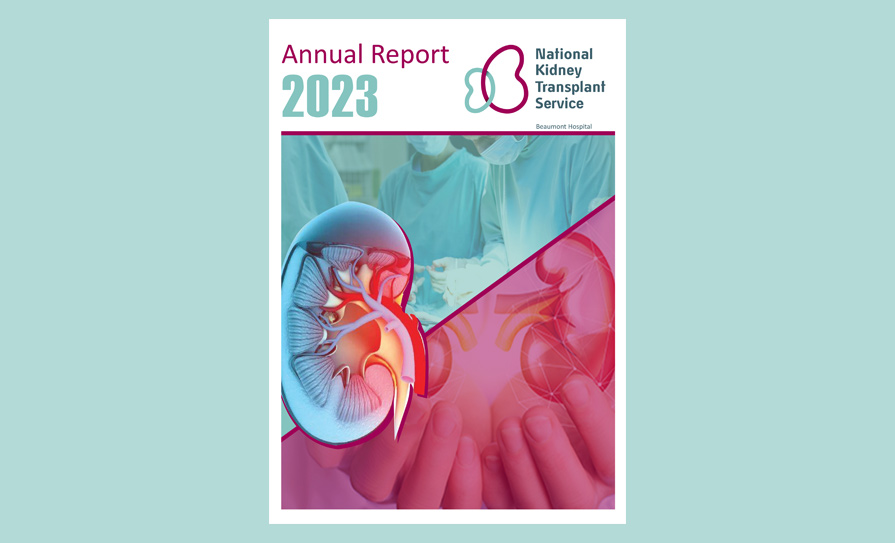A Workplace Relations Commission (WRC) Adjudication Officer recently decided against an SHO, whose claim related to the failure to pay a shift premium of time-and-one-sixth for all hours worked. The SHO, who was represented by the IMO, commenced employment in the hospital on 8 July 2019 for six months in the emergency department (ED) on the second year of her training scheme.
In July 2019, the SHO became aware of a potential issue regarding her renumeration when a colleague advised her that SHOs did not receive an ED premium payment, due to participation in a continuous rotating shift, which required delivery of the core 39 hours over 22 hours rather than 24 hours. The two-hour gap was between 6-8am. The SHO and her representative raised the issue with the employer on a number of occasions, but claimed no response was received.
In her argument, the SHO referred to how ED registrars were receiving this premium payment. The IMO rejected the hospital’s stated position that SHOs were not eligible for the ED premium because they were not scheduled to work from the hours of 6-8am. According to the Organisation, the hospital attempted to exploit a provision in the NCHD contract by leaving a two-hour rostered gap for its ED SHOs.
The hospital denied it refused to engage on the issue of payment of shift premium allowance to the SHO and that her grievance was not fairly examined or processed. The hospital reiterated it could not accede to payment of the shift premium to the SHO as she was not participating in a continuous rotating shift. In relation to ED registrars, the hospital stated the rota at that time was made up of eight registrars, who were able to work a cycle comprising a continuous rotating shift, with delivery of the core 39 hours over a 24-hour, seven-day week cycle.
Its representatives argued as there were only six SHOs employed at that time, it was not feasible to operate a 24/7 rota owing to compensatory rest period entitlements. The hospital added it had since then increased its number of SHOs to eight. Therefore, SHOs now participate in a continuous rotating shift with delivery of the core 39 hours over a 24-hour, seven-day week cycle, for which they are entitled to payment of the time-and-one-sixth premium.
“Having given the issues a great deal of consideration, I do not recommend in favour of the worker in respect of this matter,” according to the WRC Adjudication Officer’s decision.













Leave a Reply
You must be logged in to post a comment.